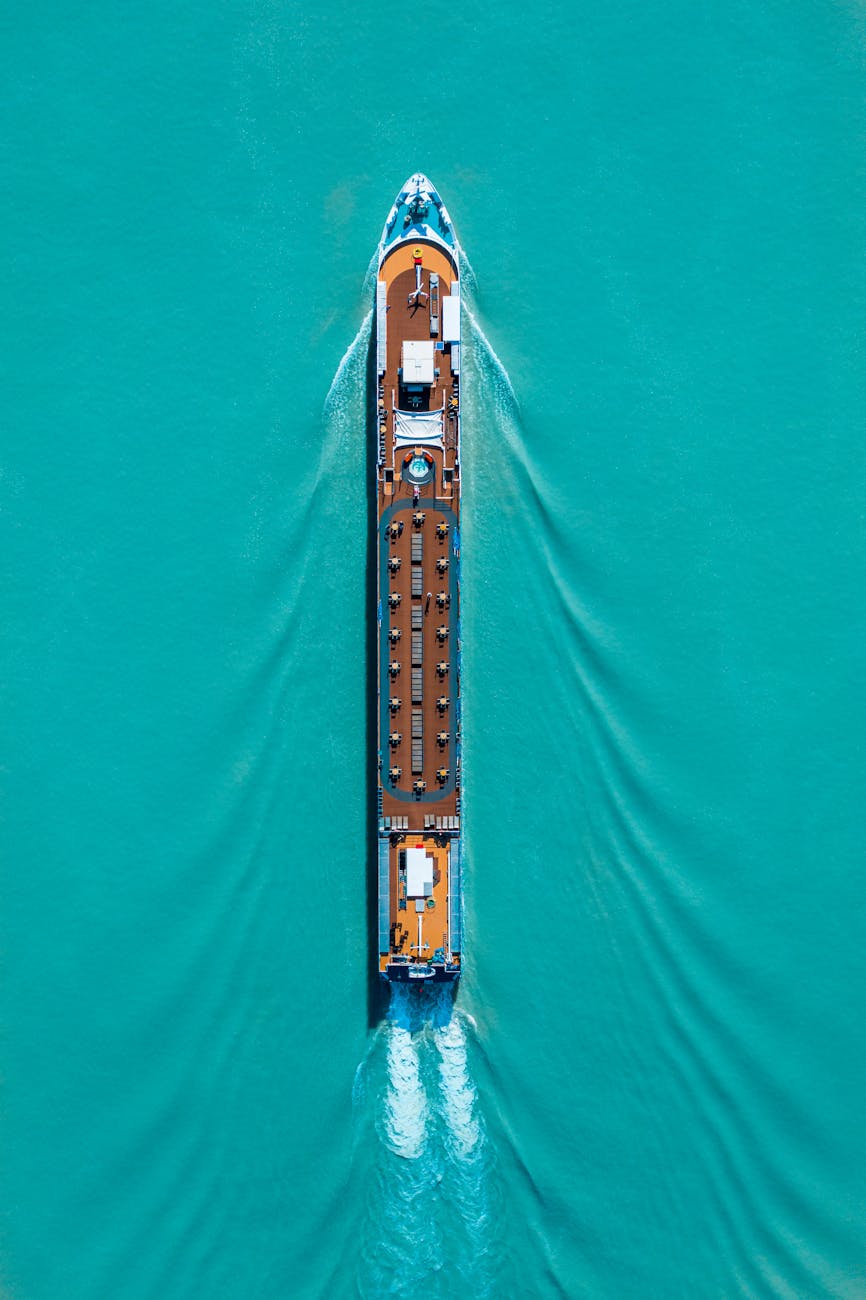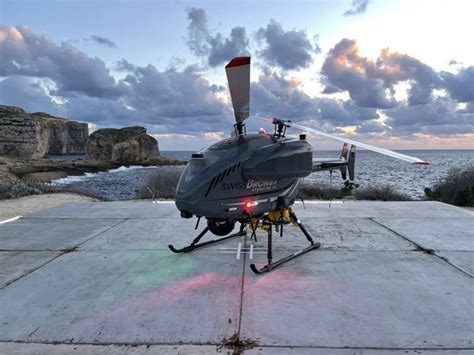Autonomous shipping refers to the use of artificial intelligence (AI), sensors, control systems, and communication technologies to navigate and operate maritime vessels with reduced or no human intervention. These vessels range from remotely operated ships to fully autonomous, AI-driven cargo carriers. The industry includes autonomous ship design and manufacturing, onboard system integration, data analytics platforms, and associated infrastructure.
Current State of the Industry
The autonomous shipping sector is transitioning from experimental phases to early commercial deployment. Several pilot projects, notably in Norway, Japan, and South Korea, have successfully demonstrated autonomous navigation in restricted waters. Major shipping companies are investing in digitalization and automation to improve efficiency, safety, and sustainability.
Key classifications:
- Level 0–5 Autonomy (IMO classification)
- Short-sea and inland shipping leading adoption
- Crew-assist technologies on large vessels gaining ground
Current Market Size and Forecast
- 2024 Market Size: ~$4.1 billion (hardware, software, and services)
- CAGR (2024–2030): ~22.4%
- Forecast for 2030: ~$13.5 billion
Market segments:
- Commercial cargo vessels
- Autonomous ferries
- Military/naval applications
- Research and survey vessels
Asia-Pacific leads in early deployments, followed by Europe and North America.
Key Trends
- Increased AI integration for route optimization, object detection, and predictive maintenance.
- Digital twin technology for real-time simulation and remote vessel monitoring.
- Green shipping: Autonomy as part of sustainability strategy—fuel optimization, emissions tracking.
- Collaborative robotics (cobots) on board for maintenance and cargo handling.
- Cybersecurity focus due to increased vulnerabilities in connected systems.
- Maritime 5G and satellite connectivity boosting remote operations and data streaming.
- Rise of “smart ports” to accommodate and support autonomous vessels.
Challenges
- Regulatory ambiguity: Lack of global standards for autonomous shipping.
- Safety and liability concerns in case of accidents or system failures.
- High CAPEX and long ROI cycles.
- Interoperability issues among vendors and legacy systems.
- Resistance from labor unions and workforce displacement fears.
- Cyber threats targeting navigation, communication, and control systems.
Future Outlook
By 2035, autonomous ships are expected to be common in coastal and short-sea routes, with deep-sea autonomous cargo ships becoming more viable by 2040. Advances in AI, energy storage, and regulatory maturity will play a pivotal role. The future also points to integration with autonomous land transport for end-to-end logistics automation.
Key Players
- Kongsberg Gruppen (Norway) – Yara Birkeland project, autonomous ship systems.
- Rolls-Royce Marine (UK) – Pioneering smart ship platforms.
- Mitsui O.S.K. Lines (Japan) – Mega container vessels with AI navigation.
- NYK Line (Japan) – Trial projects with crew-assist and autonomous tech.
- Sea Machines Robotics (USA) – Autonomous control and perception systems.
- Samsung Heavy Industries (South Korea) – Smart shipyards and autonomous container ships.
Key Personalities and Influencers
- Andreas Nordseth – Director General, Danish Maritime Authority, autonomy advocate.
- Asbjørn Skaro – Director, Kongsberg Maritime Autonomous Ship Program.
- Michael G. Johnson – CEO, Sea Machines Robotics.
- Tor Svensen – Vice President, DNV Maritime, promoting smart classification.
Industry Bodies and Regulators
- International Maritime Organization (IMO) – MSC Guidelines on MASS (Maritime Autonomous Surface Ships).
- DNV (Det Norske Veritas) – Leading classification society for autonomy.
- Nippon Kaiji Kyokai (ClassNK) – Japanese maritime classification for smart ships.
- European Maritime Safety Agency (EMSA)
- United States Coast Guard (USCG) – Regulations on autonomous navigation and crew requirements.
Industry Standards
- IMO MASS Guidelines (Interim) – Autonomy levels, risk assessments, system reliability.
- ISO/PAS 19807-1:2021 – Autonomous shipping framework.
- IEC 61162 – Maritime navigation and radio communication equipment data.
- DNV’s Smart Ship Notation – Classification standard for autonomous functionality.
Popular Industry Events
- Autonomous Ship Expo (Amsterdam)
- Smart Maritime Network Conference Series
- SMM Hamburg – Leading global maritime trade fair
- Sea Asia (Singapore)
- Nor-Shipping (Norway)
- Maritime Autonomous Systems Regulatory Working Group (UK workshops)
Government Policies and Regulations
- Norway: Pioneer in autonomous maritime testing zones and real-world pilots.
- Japan: National strategy for autonomous shipping, with tax incentives and public-private partnerships.
- South Korea: Heavy investments in smart shipbuilding and AI-based navigation systems.
- EU: Horizon 2020/Europe programs funding automation in maritime transport.
- USA: Active USCG participation in shaping global standards, cautious on full autonomy.
- China: Aggressive investment and development of autonomous maritime corridors under its 14th Five-Year Plan.



